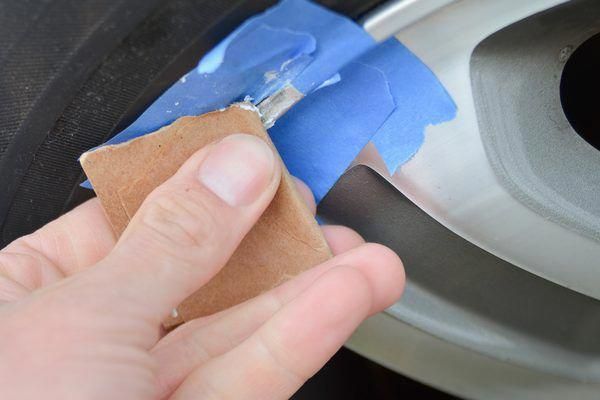In this article you will learn:
Whether you bumped into a curb while making a sharp turn or drove through a particularly deep pothole, scratches and swirls in your rims can be difficult to avoid and expensive to repair. These unsightly scrapes and imperfections can put a damper on that "new car" look.
Luckily, you can fix most of these scratches yourself. All you need is the right polish, cutting pad and a microfiber towel!
Before trying to fix scratched or damaged rims, it’s important to know what kind of wheels you have and the severity of the damage. Most traditional rims are made of chrome, aluminum, steel or metal alloy, but many manufacturers now produce wheels that have the same clear coat as your car’s exterior panels. If you aren’t sure what kind of rims you’re working with, it’s always a good idea to check with the manufacturer.
Light scratches and swirls in your rims from improper washing techniques or loose debris on the road are easy to fix right in your driveway! If you’re dealing with more severe damage, like curb rash or scuffs from driving on a flat tire, metal or chrome polish won’t be enough to reverse the damage. You’ll need to make an appointment with your auto repair shop to fill in the dent or scratch as needed.
To prep your wheels for restoration, you’ll need a specialty cleaner, like Turtle Wax All Wheel & Tire Cleaner and a gentle wheel sponge or brush.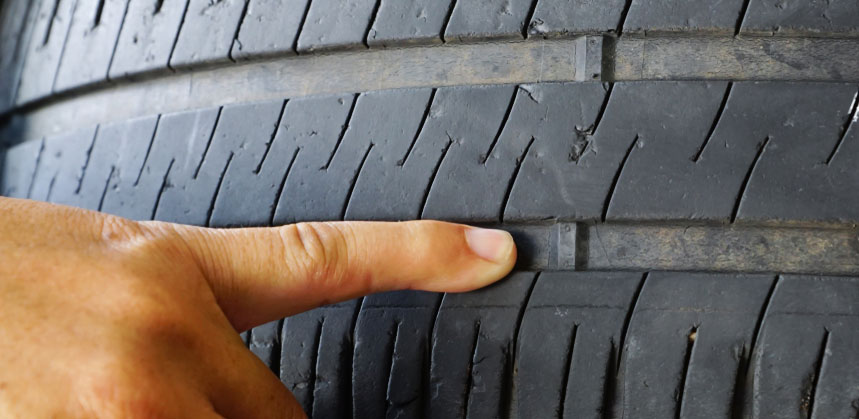 Avoid hard bristle brushes that could leave behind micro scratches and instead, opt for a gentler, more effective tool like the Wheel Woolie or a soft detailing brush.
Avoid hard bristle brushes that could leave behind micro scratches and instead, opt for a gentler, more effective tool like the Wheel Woolie or a soft detailing brush.
You’ll also need a polish that’s compatible with the kind of rims you’re working with. For metal rims, we recommend a metal polish like Turtle Wax All Metal Polish or our premium Chrome & Metal Polish. To repair scratches in rims with painted finishes, you can use any polish you’d regularly use to restore the rest of your vehicle’s clear coat, including Hybrid Solutions Pro 1 & Done Professional Polishing Compound and Hybrid Solutions Polish & Wax.
Before you fix scratches and swirls in your rims, start by to prepping your wheels and tires, using your designated wheel cleaner to remove dirt, grime and brake dust from every surface of your wheels. It's important to polish clean rims to avoid rubbing harsh soils and other contaminants into your metallic finish, creating even more scratches and swirls to repair!
Use your wheel cleaning brush to scrub away tough stains and soils and reach deep underneath your brake calipers to remove as much brake dust as possible. Allow your cleaner to dwell for the time specified on the bottle, then rinse thoroughly and hand dry your wheels with a microfiber towel.
Allow your cleaner to dwell for the time specified on the bottle, then rinse thoroughly and hand dry your wheels with a microfiber towel.
After prepping your wheels and tires, place a hand on the surface of your rims to feel if they’re cool to the touch. If the metal feels warm or hot, use a garden hose to cool down your rims before you begin the restoration process. Never polish warm rims or exterior panels; doing so can dull your paintwork and metal finishes.
Once you’ve cooled down your wheels, move your vehicle out of the sun into a garage or under a tree or canopy to begin the polishing process.
To ensure that your polish is compatible with your metal or painted rims and gives you the results you want, choose an inconspicuous area, such as the edge of the rim, to perform a quick spot test. Apply a small drop of polish to a folded and quartered microfiber towel and buff the polish into a tiny section of your wheel rim.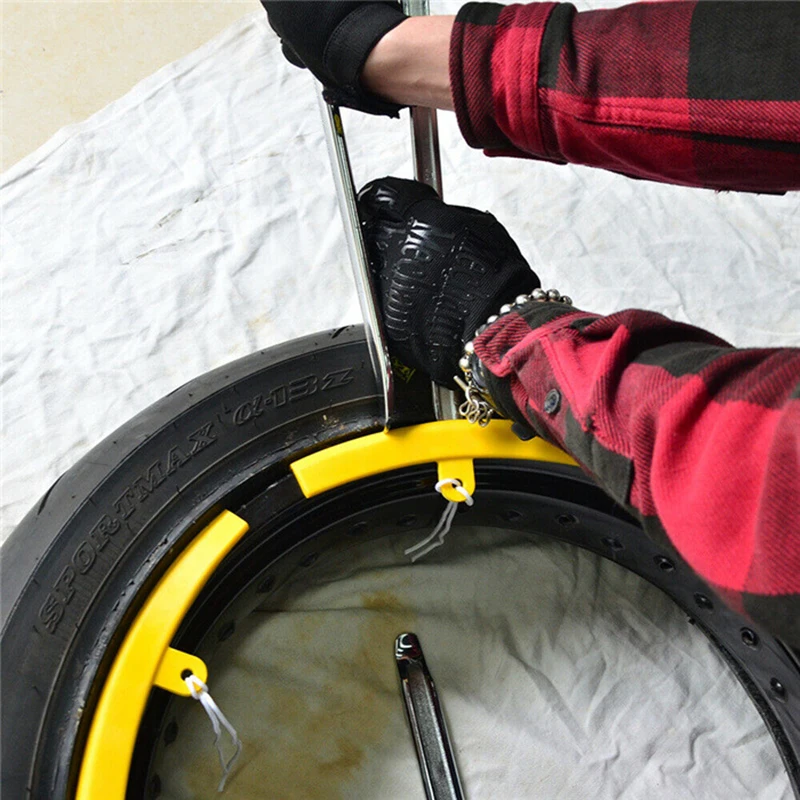 If light scratches and swirls disappear, you’re using the right polish and applicator. If you don’t see the level of correction you’re looking for, you may need to switch to a more aggressive polish or cutting pad.
If light scratches and swirls disappear, you’re using the right polish and applicator. If you don’t see the level of correction you’re looking for, you may need to switch to a more aggressive polish or cutting pad.
If, for any reason, the polish damages your rims or leaves behind streaks or discoloration, stop using the product immediately! Switch to a different polish or consider consulting an auto repair shop.
Place a quarter-sized drop of polish on a clean, microfiber detailing cloth and gently buff this product into the damaged area of your rims to fix scratches and swirls. Take your time, using light, circular motions to smooth away any noticeable imperfections. Continue buffing the surface of your rims until all scratches and swirls have been removed.
Pro Tip: Use masking tape to section off any areas of your rims that you want to correct to avoid transferring polish on other parts of your wheels and tires.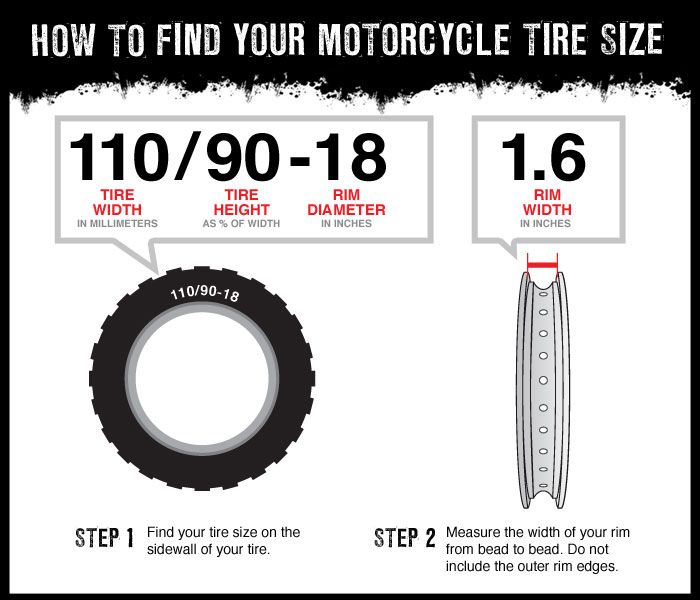 Then remove the tape and use any excess product to buff the surrounding areas to create an even finish.
Then remove the tape and use any excess product to buff the surrounding areas to create an even finish.
Once you’ve finished erasing any light scratches and swirls, buff your rims to a glassy finish using a separate microfiber towel,blending out any patches that look smoother or shinier than the surrounding areas. For the best results, use a lint free cloth with a lightweight, microfiber blend to avoid streaking or contaminating your flawless finish.
Now that you’ve successfully removed the scratches from your rims, your last step is to apply a car wax or wheel protectant to minimize future damage to your wheels and tires. Consider investing in a durable synthetic wax like Hybrid Solutions Pro Flex Wax, or Hybrid Solutions Pro Max to the Wax to preserve that showroom restoration and give your wheels an extra pop of gloss!
Subscribe for your newsletter and the rewards will be in your inbox before you even get there
News, events and insights from Turtle Wax® worldwide
Exclusive offers and discounts on Turtle Wax® products
Regular treats and surprises for all subscribers
Thanks! You should receive a confirmation email shortly.
This store requires javascript to be enabled for some features to work correctly.
While correcting scratches on your vehicles paint may be an easy repair, can the same be said about your metal components?
Components such as your bumpers and rims receive a ton of abuse as you drive down the road, taking the impacts from weather, pebbles, and other road debris.
Thankfully, there are some easy ways you can repair scratched rims without breaking the bank with the help of high-quality car detailing products. Read on to learn more in this article of shine armor blog!
Related car detailing products:
Alright, let’s get to the bottom of the wheel or rim statement quickly. You’ll hear a lot of people say they aren’t rims, they are called “wheels,” and that’s not always true. A wheel is the entire assembly, including the spokes, lug face, and the rim.
You’ll hear a lot of people say they aren’t rims, they are called “wheels,” and that’s not always true. A wheel is the entire assembly, including the spokes, lug face, and the rim.
The rim is the outer surface that is closest to the tire.
So as you read and see the two terms used, they are often interchangeable simply due to the care being the same.
Wheel FinishesIt’s important to note that not all finishes are treated the same, and you need to know what you have in order to fix your scratches. Various polishes and treatments are designed for very specific surfaces, and it’s important to be confident in what you own.
Read this article: What is a Good Substitute for Car Wash Soap?
Painted RimsCommon on many vehicles are painted rims, using a similar method to your car’s body. While this is a great way to add color to your car, many manufacturers have found popularity in black or silver paints.
Compared to some other coatings, this is easy to apply especially in mass productions, and quite cost effective. Painted rims can be either steel or aluminum.
Repairing Painted ScratchesWith the paint being similar to your vehicle, the repairs will be similar as well. You first want to visually determine the depth of the scratch, determining if it has remained in the clear as a shallow scratch, or if it has etched deeper and must be repaired as a deep scratch.
When repairing shallow scratches, the area can often be treated with a scratch remover, known as a cutting compound. This will be applied with an applicator pad, massaged into the area removing small amounts of the surface clear, one wiped clean with a quality microfiber towel.
For deep scratch repair, it’s important to set an expectation for the repair. One option for deep scratches is to fill the area with a clear coat pen, removing much of the visual damage, and finishing the area with wet sanding or a cutting compound, while other options include sending the wheel off for paint correction.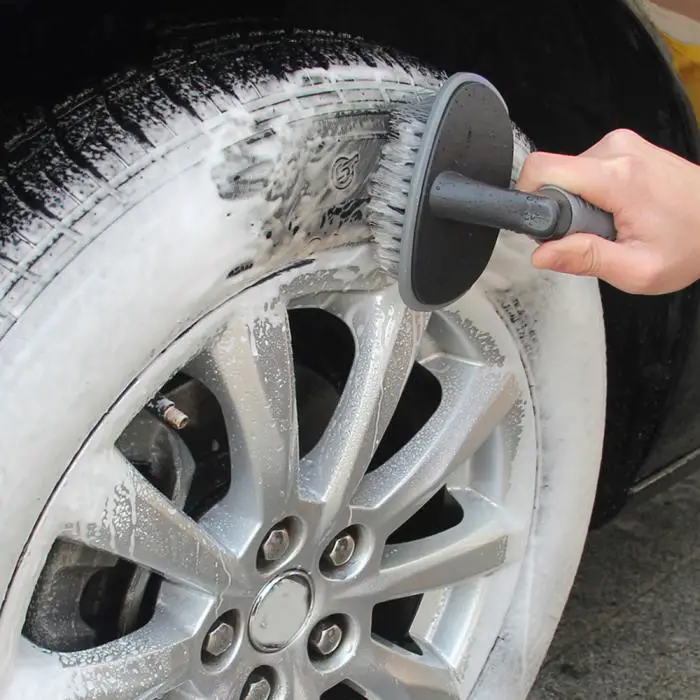
Either way, it’s important to correct this damage sooner than later, before rust or oxidation begins.
Read this article: Why is My Car Making a Whining Noise?
Powder CoatedA growing option, especially for aftermarket wheels, is powder coating. Applied as a powder, the piece and particles are magnetized causing them to attract and stick together, then put in an oven and heated till the powder melts into a liquid. This application is known for getting into the nooks and crannies, and applies quite evenly.
Powder coating is quite tough, making it a great option for these high wear items.
Repairing Powder CoatingWhen looking at a powder coated surface up close, you will find the surface isn’t super smooth like paint. It often has a texture known as orange peel, and sanding or using cutting compounds could remove some of this texture, causing a visual difference.
There is also no clear coat over your powder coat, and for this reason is a good option for color matching paint pens.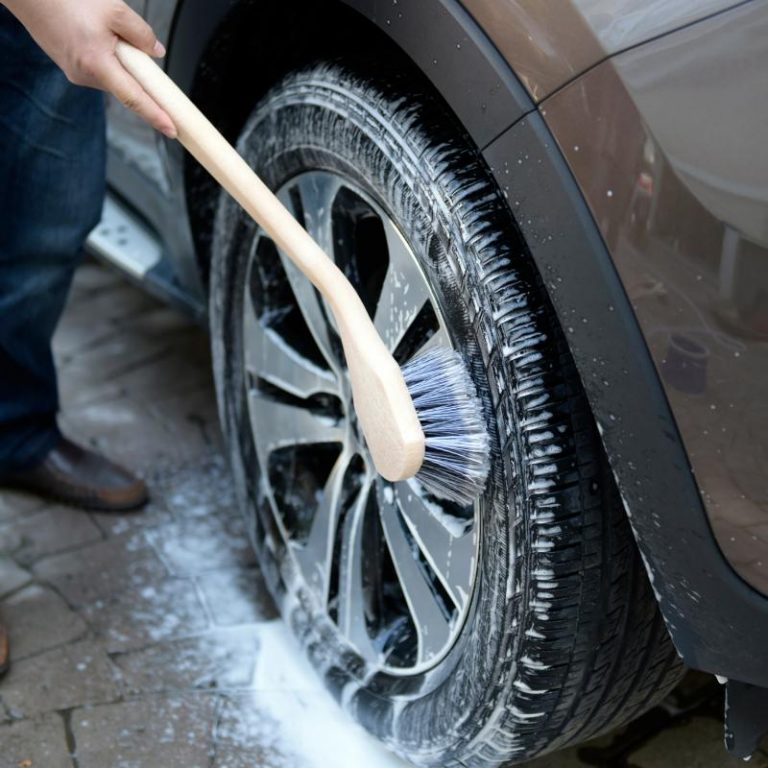 There are a lot of variations of paint colors out there, one company estimating more than 60,000 variations of standard colors can be found on the market. Using a black that differs from the black on your vehicle will cause an eyesore often worse than the scratch itself.
There are a lot of variations of paint colors out there, one company estimating more than 60,000 variations of standard colors can be found on the market. Using a black that differs from the black on your vehicle will cause an eyesore often worse than the scratch itself.
Read this article: How Much Oil Does My Car Need?
As you’ve read through our articles here at Shine Armor, we often discourage using colored pens since adding color on top of your clear paint looks, well, less than ideal. A single stage, or paint without clear is the only exception to this.
Shop by category:
A great option for metal surfaces is to polish the metal itself. This can be found primarily with aluminum rims due to its natural rust resistance, but can sometimes be found with steel.
This involves sanding the surfaces to a near mirror finish, then adding a protective layer over the top such as a polish or sealant.
When repairing polished metal surfaces, it’s important to take things slowly. For surface scratches, you will be using a polish that’s specific to your metal type. Aluminum polishes are designed to clean and protect aluminum, and shouldn’t be used on steel, and vise-versa
For deep scratches, you may need to wet sand the area depending the depth of damage. For deep scratches you will often start with an 800 grit wet paper, and finishing with 2000 grit or more. Once you’ve reached 2000, you will work your way back through the polishes to get a mirror finish.
Read this article: How to Know if Your Car is Leaking Coolant and What to Do About It
If issues are left alone, over time rust and oxidation will cause pitting, which damages the surface of the metal. Pitting is not simply removed, while surface pitting can be reduced, deep pitting can cause risk to the wheels structure.
Chromed FinishesA popular option for wheels and bumpers for decades has been chroming. To chrome a product, it involves a chemical acid bath and application process creating an extremely hard, resistant surface.
To chrome a product, it involves a chemical acid bath and application process creating an extremely hard, resistant surface.
While these high gloss surfaces are a great sight, having items chromed is expensive, meaning you should maintain your finish. Polishing is the primary defense with chrome wheels, since the coating is hardened the surfaces are known to get minor scratches.
You can use high grit sandpaper lightly with chroming, but with this being a multi-layer process -- sanding too deep could cause damage.
How to Repair Curb Rash on Any Wheel Rim: Step-by-Step Guide
Curb rash is a common problem that most car owners face. It is caused by rubbing the wheels against curbs while driving or parking. This problem not only looks unsightly but can also lead to bigger issues like wheel damage and tire puncture. However, the good news is that you don't have to replace your entire wheel as there are ways to repair it. In this article, we will guide you through a step-by-step process of repairing curb rash on any wheel rim.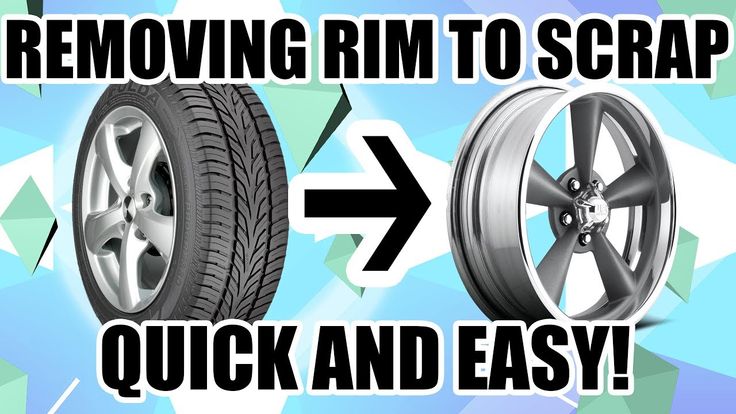
Step 1: Clean the Damaged Area The first step in repairing curb rash is to clean the damaged area thoroughly. Use a tire cleaner or degreaser to remove any dirt, grime, or brake dust from the wheel. Ensure that the surface is completely dry before moving to the next step.
Step 2: Sanding the Damage Once the wheel is clean and dry, use sandpaper to sand the damaged area. Begin with a coarse-grit sandpaper (60 to 80-grit) to remove any sharp edges, chips, or rough spots. Then move to a finer grit sandpaper (120 to 220-grit) to smooth out the surface. Make sure to sand the surrounding areas too if necessary, to ensure an even finish.
Step 3: Fill in the Damage After sanding, apply a small amount of filler to the damaged area using a putty knife. You can purchase a filler specifically designed for wheels, which has similar properties to the metal of the wheel itself. Spread the filler thinly and evenly over the damaged area, covering all cracks, chips, and scratches.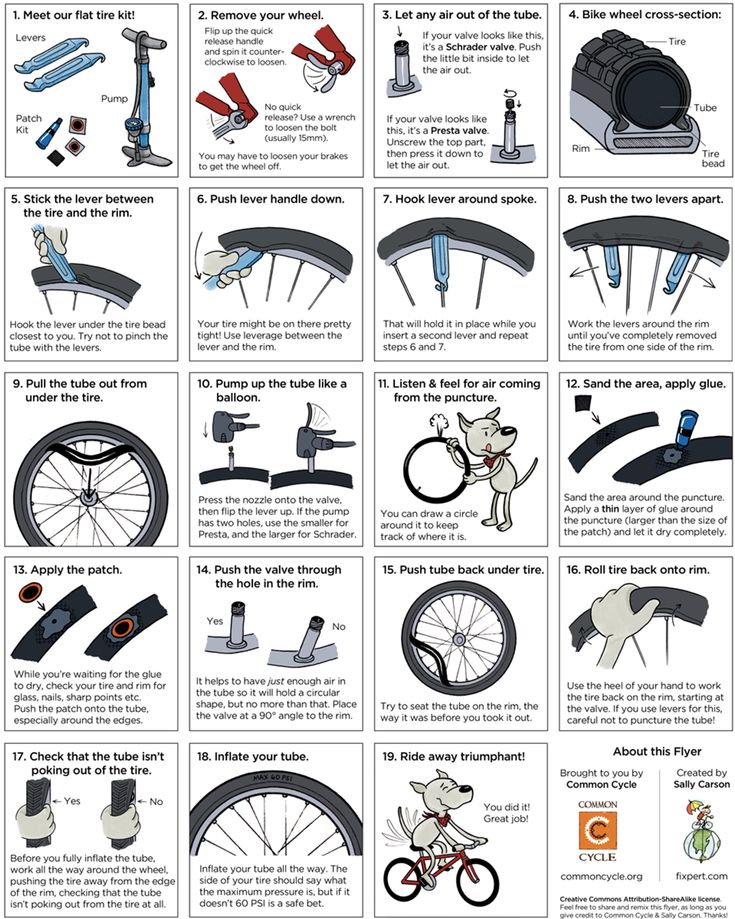 Allow the filler to dry according to the product's instructions.
Allow the filler to dry according to the product's instructions.
Step 4: Sanding the Filler Once the filler has dried, use sandpaper to smooth out the surface. Start with a coarser-grit sandpaper (120 to 220-grit) and work your way up to a finer grit (400 to 600-grit) until the surface is smooth and level with the rest of the wheel.
Step 5: Painting the Repaired Area After the filler has been sanded down to a smooth finish, it's time to paint the repaired area. Get a can of wheel spray paint that matches the color of your wheel. Shake the can well before use, and then spray a light coat of paint over the filled area. Don't try to cover the entire wheel; just focus on the damaged area for now. Allow the paint to dry according to the manufacturer's instructions, then apply another coat if necessary.
Step 6: Apply a Clear Coat Once you're satisfied with the painted repair, let it dry completely. Then apply a clear coat to protect the paint from chipping or fading. Spray a light coat of clear coat over the painted area, following the same process used for the paint. Allow the clear coat to dry as per the product's instructions before handling the wheel.
Spray a light coat of clear coat over the painted area, following the same process used for the paint. Allow the clear coat to dry as per the product's instructions before handling the wheel.
Read this article: Touchless car wash good or bad: Effects of touchless car washes
SummaryClean wheels are a great way to let your car truly shine in the sunlight, while dull rims could take away from your clean look. Repairing these scratches can reduce the eyesore, and stop corrosion and rust in their tracks.
Repairing scratches can be time consuming or costly. Adding protective coatings such as those from Shine Armor can protect your surfaces for years to come, maintaining that deep shine and reducing the risk of damage.
Understanding your surface will allow you to take control of all of your car's needs and imperfections, and growing your vehicle knowledge, you will become a true at-home-pro!
← Older post Newer post →
Recent articles
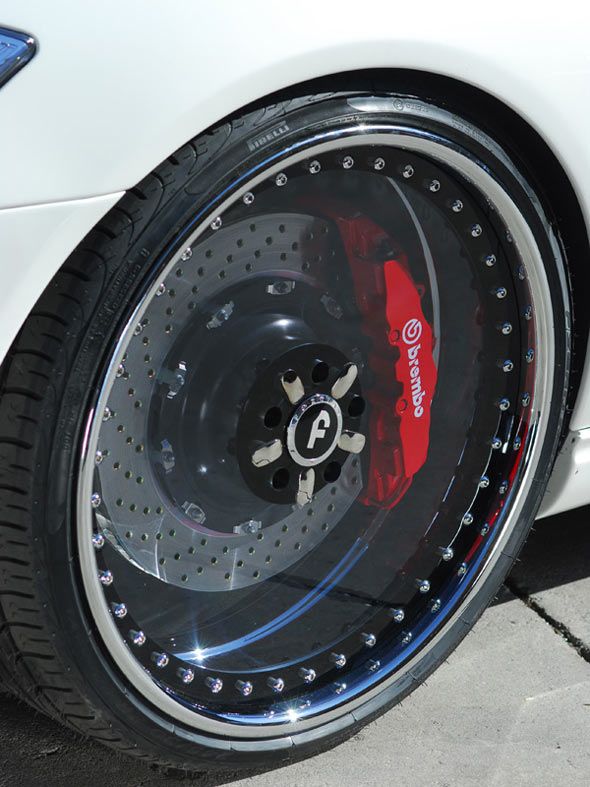 How to remove scratches on discs?
How to remove scratches on discs? December 25, 2020
Also, an equally interesting question (and the most frequently asked on the Internet): is it possible to remove (and remove, in the end) scratches from an alloy wheel yourself, on your own, in a garage, and not at a branded profile service station?
Yes, you can remove it, and the methods of working with scratches on disks are listed below in order of complexity and cost.
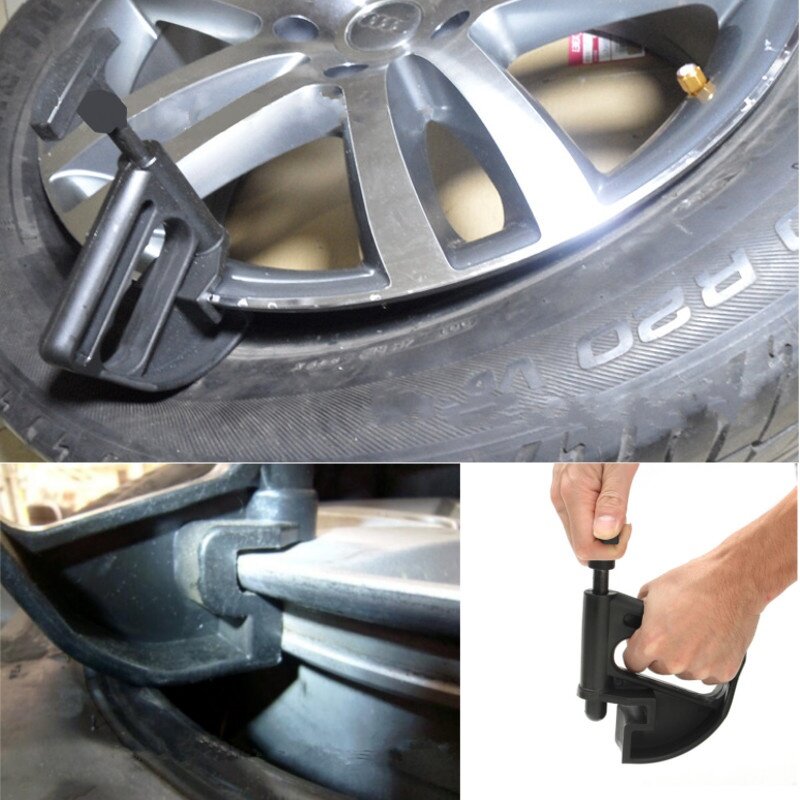
Specialists distinguish between three types of rims. The most common is stamped metal disc. They are equipped with the vast majority of car models from the budget sector of the global automotive industry. Stamped iron discs are the cheapest to manufacture and sell - and this is their only advantage. Of the disadvantages - they are heavy and easily deformed, so they do not lend themselves too well to "fine" balancing. Upon impact, such a disc loses its shape, and “rolling discs” is one of the most common services in the tire fitting industry. Such a disc is protected by an overhead plastic cap.
Forged wheel. These are the most expensive of all three types, and are mostly used in professional motorsports, as well as on expensive and very expensive cars - sports modifications of famous brands (sports cars), "clean" sports cars, hypercars, etc.
The most massive is the cast, the so-called alloy wheel. These discs are made from alloy steel, aluminum, magnesium, titanium, etc.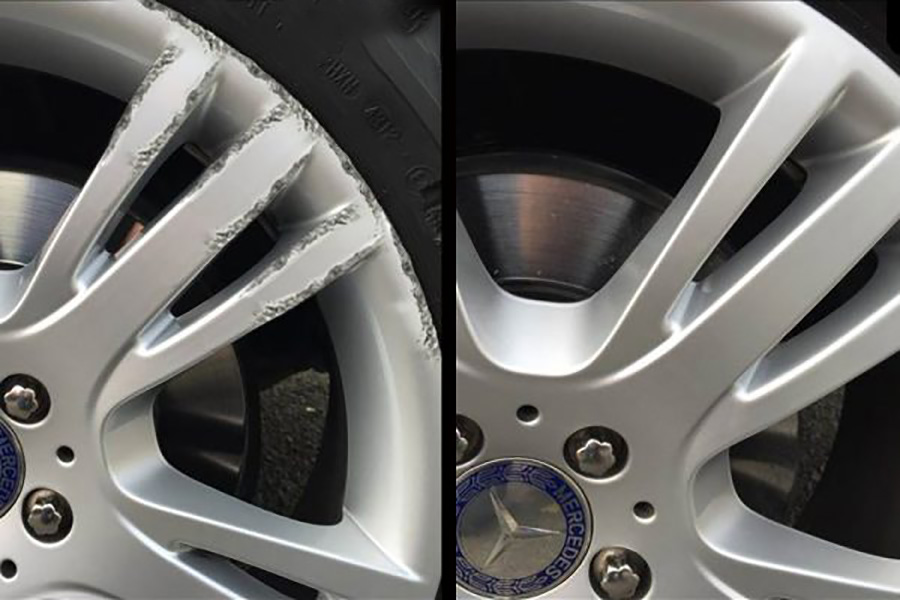 Such a (cast) disc is much lighter than a stamped one and much cheaper than a forged one. Among other things, it is stronger and more technologically advanced to repair. The most durable titanium alloy wheel is considered, but it is also subject to damage, scratches, and so on. With a strong impact, an alloy cast wheel is fatally destroyed and, as a rule, cannot be restored. In fact, such disks can be repaired, but it is extremely difficult - using argon welding and other high-tech and labor-intensive (and expensive) methods and technologies. But you can remove the scratch on the disk. By the way, it is for this type of disk that there are all kinds of linings and other "repair" accessories .
Such a (cast) disc is much lighter than a stamped one and much cheaper than a forged one. Among other things, it is stronger and more technologically advanced to repair. The most durable titanium alloy wheel is considered, but it is also subject to damage, scratches, and so on. With a strong impact, an alloy cast wheel is fatally destroyed and, as a rule, cannot be restored. In fact, such disks can be repaired, but it is extremely difficult - using argon welding and other high-tech and labor-intensive (and expensive) methods and technologies. But you can remove the scratch on the disk. By the way, it is for this type of disk that there are all kinds of linings and other "repair" accessories .
Tinting Pencils and various other "scratch removers" that are sold today in any automotive market and which are primarily intended for work on paintwork, scratches on the disc are also easily dealt with. You just need to consult with the seller - what type and color of the drug (pencil) you need to choose for your scratched disc.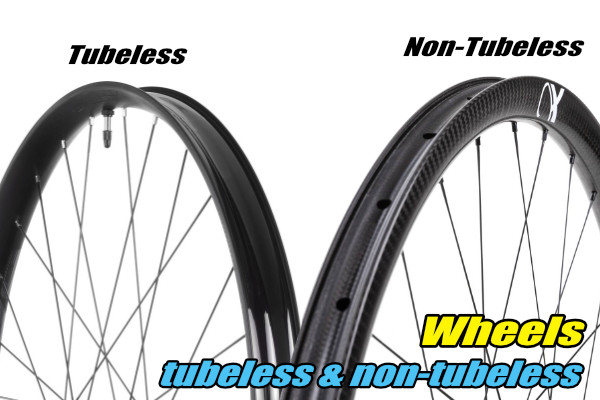
Partial touch-up cosmetic touch-up damaged areas and scratches on the disc can be carried out both at a specialized service and on your own. In the first case (at a car service), they use professional painting equipment or a specific powder technology for applying special material to a disc, but this cannot be done at home.
Therefore, you will need:
Alternative methods are also used by Russian motorists. This is an epoxy resin with hardeners, then grinding and subsequent polishing of the damaged area. However, in order to remove scratches (and remove them with high quality), in order to correctly and competently restore the disc, it is advisable to use specialized high-quality paint and varnish, as well as to maintain the correct factory technology for painting, grinding and polishing the disc, which is extremely difficult to achieve in a garage.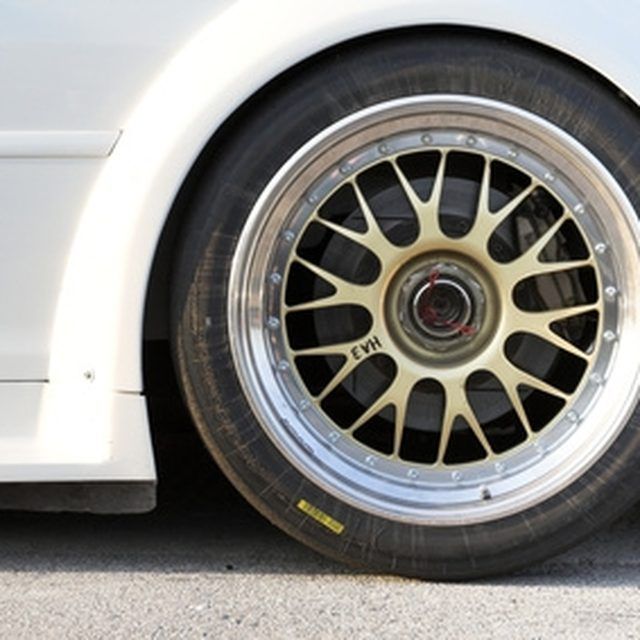
Therefore, the recommendation here is simple - your way to professionals, to specialists - to a specialized or specialized car service.
Recommended articles
It is very difficult to keep wheels in their original form. They are constantly exposed to external influences that adversely affect the surface. This causes scratches and chips. Many drivers often ask the question, how can I remove scratches from a disc? Today, this has become possible thanks to the latest coating restoration technologies.
Contents
To restore the coating and remove scratches, it is necessary to first study the nature of their scratches. For example, working with forged products is much more difficult than working with alloy wheels. To achieve a good result, it is best to seek the help of professionals.
To achieve a good result, it is best to seek the help of professionals.
Models made in the USA, Japan and European countries are perfectly repaired. To restore a scratched disc, a variety of technological processes are used:
Wheel polishing is very popular, after which scratches are completely removed. However, this technique does not always help. If the depth of the scratch reaches the metal, it will not be possible to remove it by polishing. More complex work will be required. Fortunately, modern technology makes it possible to completely restore any disc
Dealing with small scratches on a wheel disc is quite simple. It will be enough to polish the surface until the scratch disappears completely.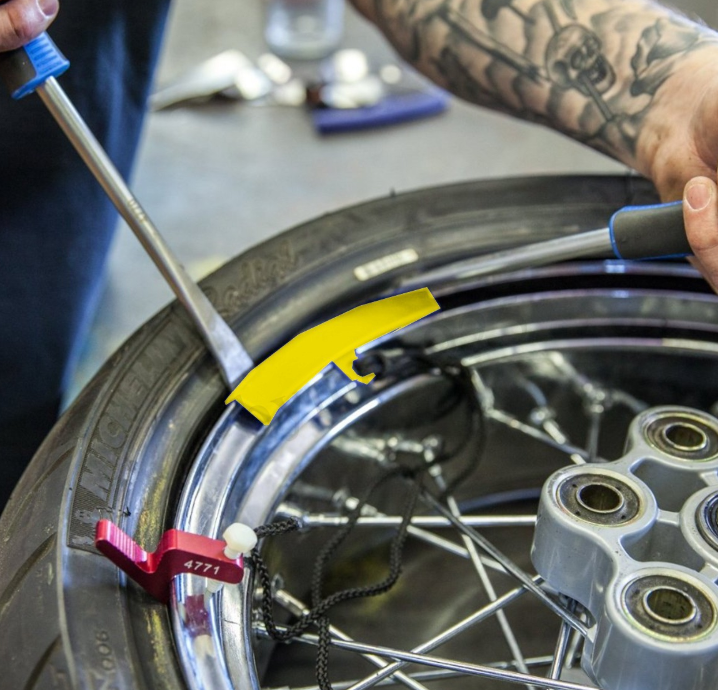 This operation can be performed at home using coarse-grained sandpaper (200 - 600 R), together with polishing paste.
This operation can be performed at home using coarse-grained sandpaper (200 - 600 R), together with polishing paste.
You can restore the disc from scratches right in the garage by painting it in the appropriate color. Unfortunately, it is impossible to use the powder method of applying a special material at home. To do this, it is necessary to have a polymerization chamber that works only in the factory. But if you use specialized high-quality paint and adhere to the correct painting technology, you can achieve a durable coating.
To achieve a high quality, the disc must be carefully prepared before painting. To do this, the following operations are performed:
Only specialized high quality materials should be used.
Deep scratches are pretreated. The surface is leveled.
The face is carefully examined for dents and chips.
In case of a complete damage to the appearance, the old materials are completely removed, the disc is repainted.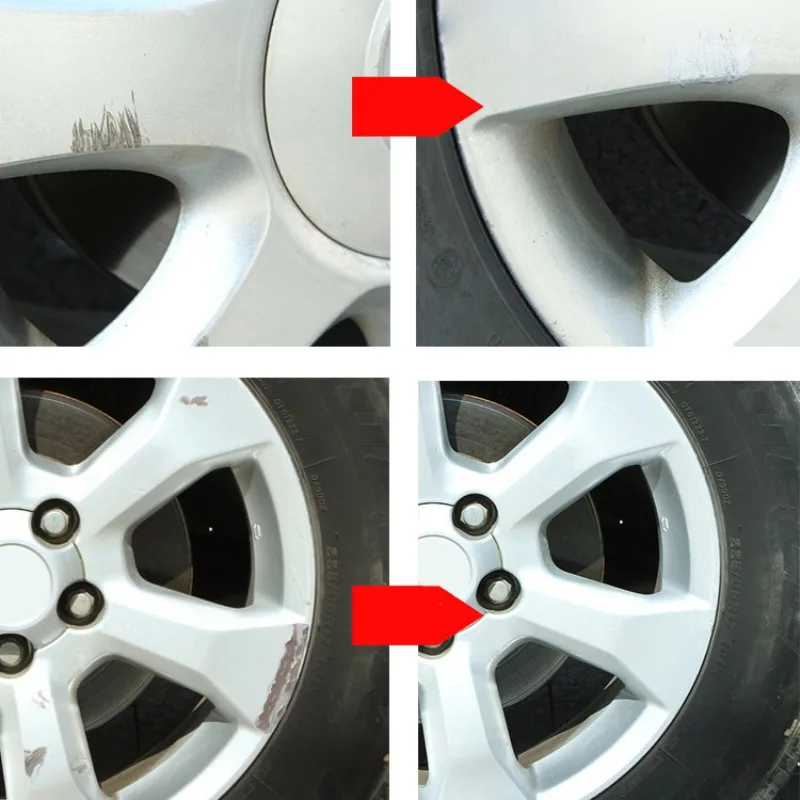
Epoxy paste can be used to repair a scratched disc. It contains certain components:
Before applying the paste, the following steps must be performed:
The components of the paste are then mixed. The resulting composition closes the scratches. Excess paste is removed. It remains to wait until everything is completely dry. Drying time indicated on the paste package.
Professionals advise using white paste. It will not show through the layer of paint that will cover it.
UV lamps can be used for faster drying.
If you decide to repair the wheel without removing the rubber, you must first cover it with masking tape.
When the epoxy paste has set well, surface treatment is carried out. To do this, use fine-grained sandpaper. It will completely remove all the bumps. It remains to paint the surface with acrylic paint, then varnish.